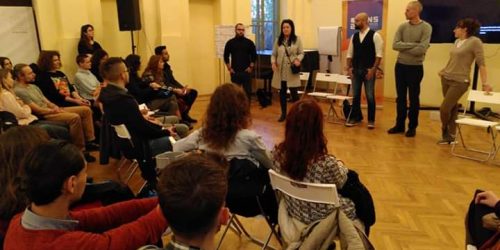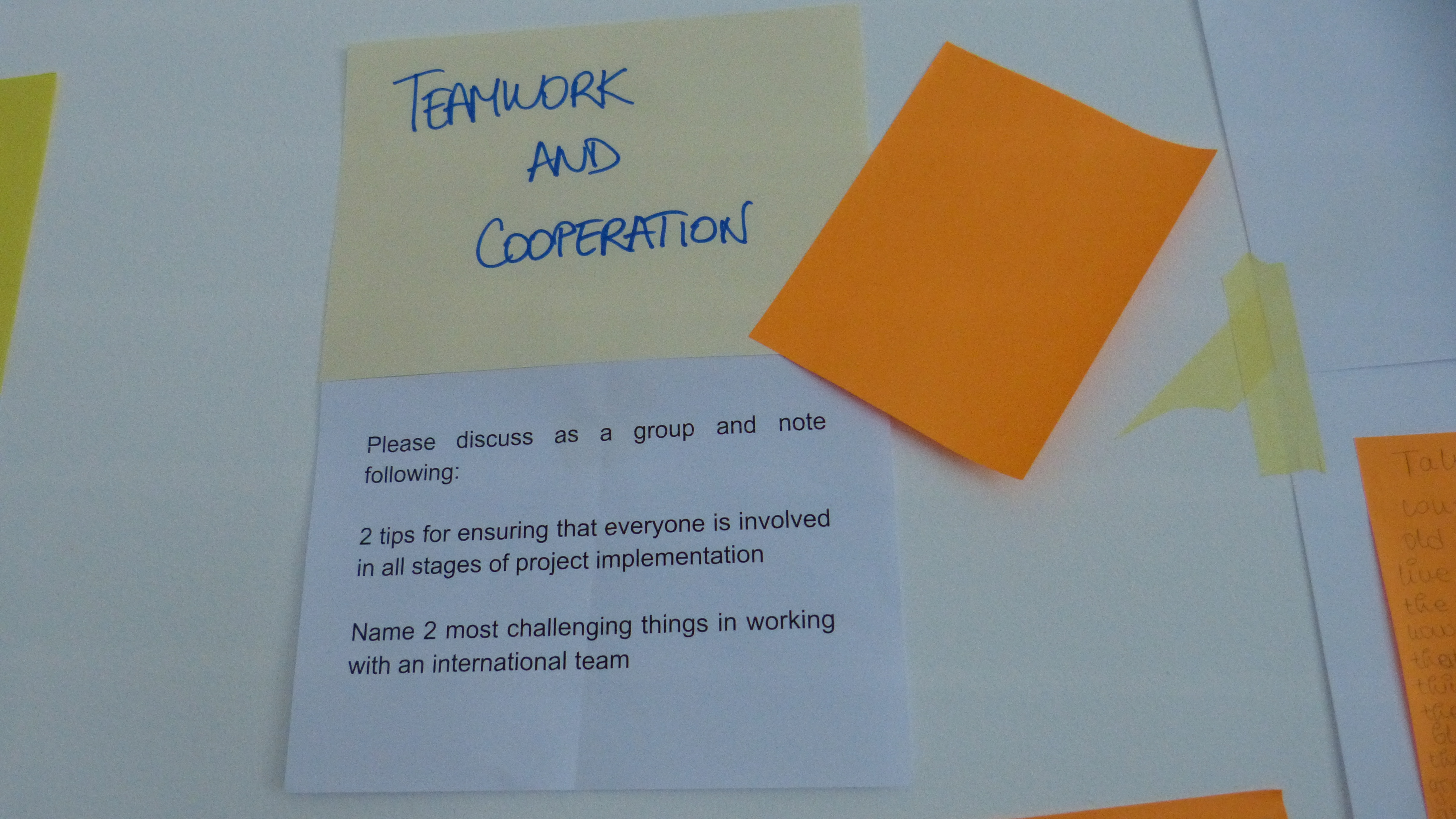Digital wellbeing – building a healthy relationship with technology
In today’s age, we are all surrounded by technology. Most of us have a smartphone next to us at all times. Many work in front of computers and stay online for many hours every day, especially in the time of the pandemic. In this situation, it is crucial to take good care of our digital wellbeing, which means maintaining a healthy relationship with the technology we use. After all, technology should improve our lives and help us achieve our goals, rather than distracting us from them, stealing our time and becoming a burden.
Why do we really need to pay attention to our usage of technology?
While we are stuck in our habits, we might not notice when they start having a negative impact on our lives. Using technology, we are convinced that it is helping us, that we are multitasking, dividing our attention between many screens and activities. However, it has been proven that multitasking is actually a myth – attempting it we actually lose our focus and are less effective in the end. What is more, the notifications we get on our devices constantly distract us and raise our stress levels. They also often make us lose more time than intended. How many times have you picked up your phone “just to check this one notification” and ended up scrolling through your whole feed on 3 different apps?
In addition to the decrease in productivity and increase in stress levels, uncontrolled use of technology can also have a negative impact on our relationships. The notifications on our smartphones can pull our attention away from the conversation we are having, making us a worse, less empathetic conversation partner. It takes us away from getting in touch with the feelings of the person in front of us but also – our own emotions and thoughts.
How to improve your relationship with technology?
The first step towards digital wellbeing is taking some time to reflect on how much time we spend online, what we actually do in that time and how it makes us feel. Upon gaining this self-awareness, we can think and decide what we would like to change in our digital habits and set clear goals.
Something that can be very helpful in building our digital awareness is monitoring the exact time we spend in each app or tool – most devices allow us to easily check that information. Then we can decide if we think of it as time well spent or not. Next time, when reaching for our phone, we should stop for a second and ask ourselves what is our intention, what we want to achieve and then stick only to the activities that will help us with that.
Another thing to do is identifying the moments when the use of tech causes us stress or irritates us. Then we can work on limiting those as much as possible.
By being more conscious of our technology use, we can easier set guidelines that will help us balance the benefits it brings us and the frustrations that come from it. Those guidelines can be divided into digital and physical guidelines. The former are about using our digital devices and technologies themselves to gain greater control – it can be for example customizing our notification settings or limiting the time allowed for us to spend in certain apps using dedicated timers. The latter, on the other hand, focus on our physical environment and can mean for example keeping our phone out of our space in certain situations, places or times.
Some practical tips for your everyday life
So, have you already decided to work on your digital wellbeing? Here are just a few tips that can help you do that.
- Set time limits for the apps which you feel waste it and cause a distraction – there are several tools that allow you to do that, for example Digital Wellbeing by Google.
- Turn off the notifications that you do not actually need (do you really need to know right away that your friend uploaded a photo on instagram?).
- Even if you are not able to have two separate devices for work and private life, separate those things as much as possible. For example reserve your homescreen only for useful tools and keep the social media apps hidden.
- Put your device in do not disturb mode when you want to focus or rest, allow only emergency calls.
- Do not take your phone to bed, leave it in another room.
- Agree with your friends and family to put your phones away when you meet.
Introducing changes in our habits is never easy – it is a long-term process that requires effort and persistence. However, since technology is such a significant and inevitable part of our lives, gaining control of how we use it is worth the work.
Kornelia Makowska






